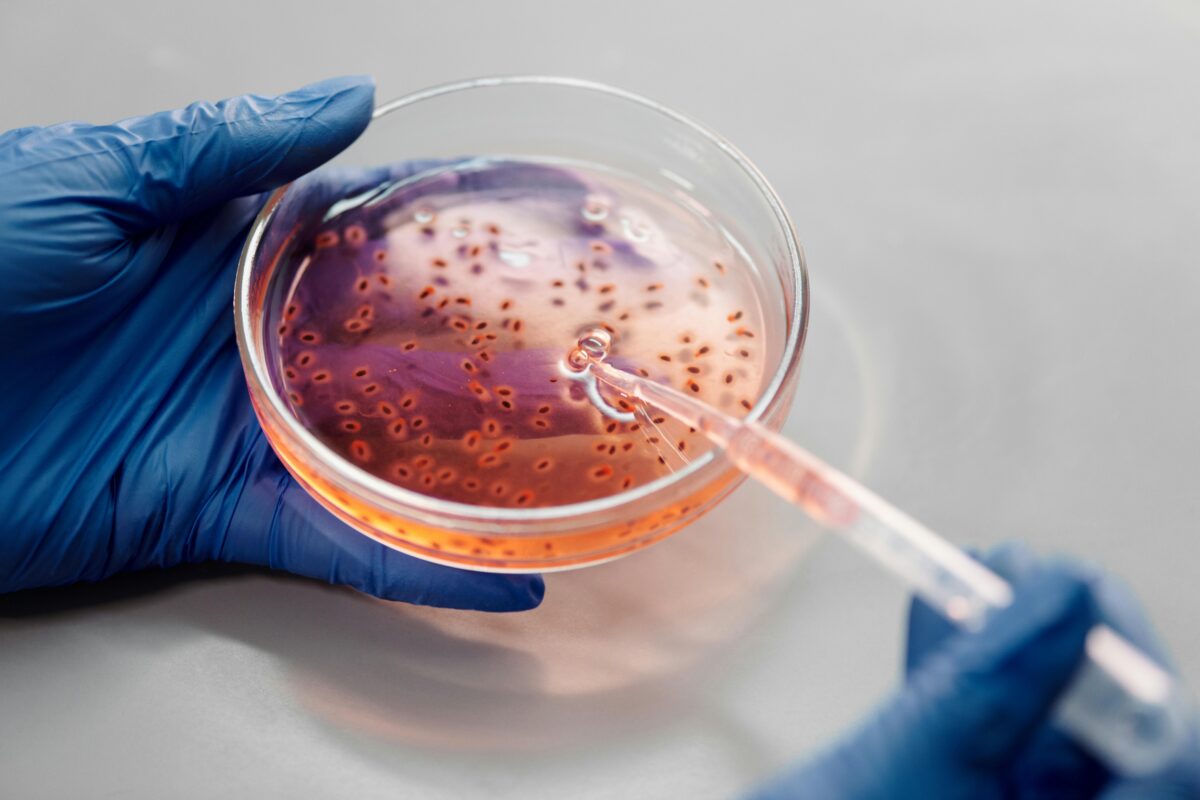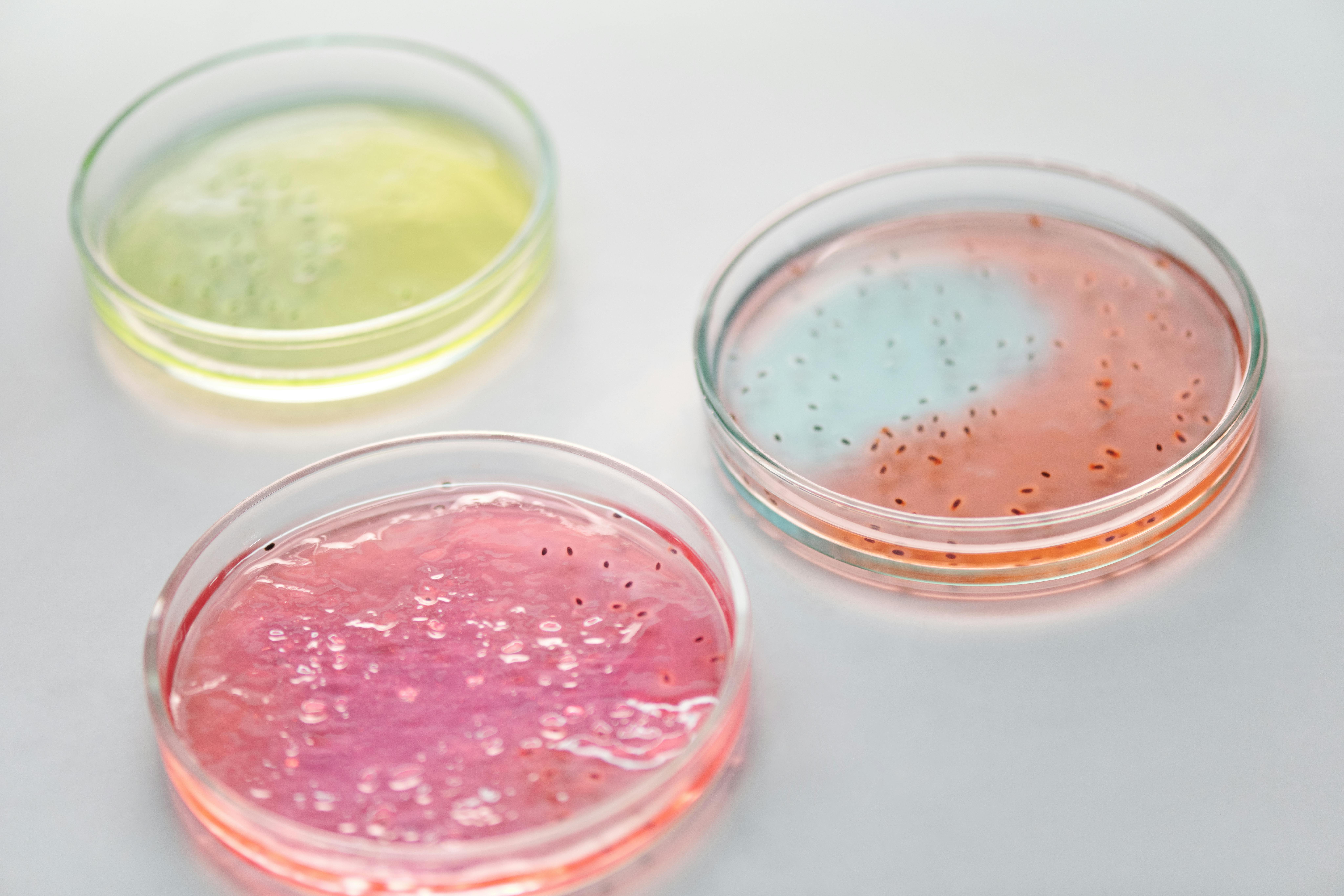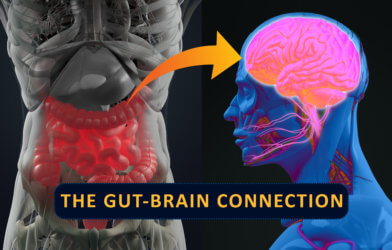Imagine having the power to build miniature organs, guiding their cells to form complex structures with pinpoint accuracy. Scientists have just achieved a significant feat in this realm, gaining unprecedented control over the organization of lab-grown human intestinal tissue. This isn’t just a fascinating scientific achievement; it’s a monumental step that could fundamentally transform how we investigate and eventually combat debilitating gut diseases like inflammatory bowel disease and various cancers.
Our intestines are biological marvels, lined with tiny, nutrient-absorbing “villi” and “crypts” – small pockets where new cells are constantly generated to replenish the lining. This continuous renewal is vital for a healthy gut. When this delicate balance is disrupted, serious health issues can arise. Understanding precisely how signals influence this intricate organization has long been a hurdle in both living organisms and laboratory settings.
Now, researchers have pioneered a brilliant method that allows them to “draw” patterns with crucial biological signals. This literally guides the formation and organization of these essential intestinal structures within a petri dish. It’s akin to a biological blueprint, dictating where and how the gut’s cellular “building blocks” will assemble. This level of command is revolutionary, promising more accurate and predictable lab models for a wide spectrum of intestinal conditions. It means scientists can now create miniature gut environments in the lab that more closely resemble real human tissue, opening new avenues for drug development and deeper disease comprehension.
Engineering Gut Structure
This remarkable breakthrough hinges on two pivotal signaling proteins: Wnt3a and EphrinB1. These are not random molecules; they are key players in the complex world of intestinal cell life, orchestrating everything from cell growth to their ultimate positions. Wnt3a, for example, is critical for cell proliferation within the crypts, where stem cells reside, perpetually generating new cells. EphrinB1, conversely, helps direct cells, effectively guiding their placement along the crypt-villus axis.
To achieve this precise control, the research team employed a technique known as “micropatterning.” This involves creating incredibly small, specific designs – like tiny circles or holes – using these Wnt3a and EphrinB1 proteins on a specialized surface. This surface, a “basement membrane,” serves as the foundation for the intestinal cells to grow upon. By laying down these protein patterns, the scientists could effectively instruct cells where to form crypts and villi, even influencing their size and shape.
The team, comprising researchers from institutions including the Institute for Bioengineering of Catalonia (IBEC) and the European Molecular Biology Laboratory (EMBL) in Barcelona, began with individual cells derived from intestinal “organoids.” Organoids are essentially miniature, simplified versions of organs grown in the lab, capable of mimicking some functions of their real-life counterparts. These isolated cells were then placed onto the patterned surfaces and allowed to develop.
Guiding Growth with Precision
The outcomes were remarkable. The lab-grown crypts did not form haphazardly; they appeared precisely where the Wnt3a patterns had been established. The presence of Wnt3a significantly boosted the likelihood of a crypt forming in that specific spot. Similarly, areas intentionally devoid of EphrinB1 (the “holes” in the pattern) also fostered crypt formation.
Furthermore, the Wnt3a micropatterns directly influenced the size and shape of the resulting crypts. Crypts grown on Wnt3a patterns with a diameter of 100 micrometers (one-millionth of a meter) were more than twice as large as those grown without any patterns. They also became much more circular, essentially mirroring the shape of the Wnt3a patterns themselves. When the researchers used even larger Wnt3a patterns (200 micrometers), the crypts grew proportionally bigger.
An intriguing aspect of the study revealed how these external signals interact with the cells’ own internal messaging system. Normally, specialized Paneth cells within the crypts produce Wnt signals. However, when exposed to the external Wnt3a patterns, the Paneth cells in the lab-grown crypts generated less of their own Wnt3a. This indicates that the body possesses a built-in feedback mechanism to adjust its Wnt production when external Wnt levels are elevated. It further highlighted that crypts formed on these patterns primarily relied on the externally provided Wnt3a, rather than the Wnt3a produced by the Paneth cells. As co-author Jordi Comelles explains, “we have observed that exogenous Wnt3a can reduce the production of the same factor at the endogenous level, which opens up new possibilities for manipulating these signalling pathways.”
Orchestrating Long-Range Order
Perhaps the most impressive achievement was the ability to control the “long-range organization” of the crypts. In a healthy intestine, crypts are not randomly dispersed; they arrange themselves in a highly ordered, almost honeycomb-like fashion. In the lab, without any external patterns, the crypts formed with a somewhat random distribution.
However, by arranging the Wnt3a patterns in a precise square grid, the scientists could compel the lab-grown crypts to adopt this same ordered arrangement. The distances between neighboring crypts became far more uniform, with distinct peaks aligning with the spacing of the square lattice patterns. The angles between the crypts also conformed to the patterned grid, demonstrating a clear, engineered long-range order.
While EphrinB1 also played a role in guiding crypt formation, the researchers determined that Wnt3a was considerably more effective at controlling the position, size, and long-range order of the intestinal crypts in their laboratory setup.
Computer Models Confirm the Findings
To further validate their discoveries and gain deeper insights into the underlying principles, the research team developed a sophisticated computer model that emulated the behavior of the intestinal cells. This “agent-based model” treated individual cells as particles, accounting for their interactions with each other and their responses to Wnt3a and EphrinB1 signals.
Remarkably, the computer simulations closely mirrored the experimental results. The model accurately predicted the size of the proliferative regions (crypts), the distances between them, and their spatial distribution. This strong alignment between the lab experiments and the computational model provides compelling evidence for the robustness of their findings. It also offers a powerful new tool for future research, allowing scientists to predict how changes in signaling might affect gut organization without performing countless physical experiments. Elena Martínez Fraiz, IBEC senior researcher and leader of the study, states: “Our aim was to create a system that more closely mimics human intestinal tissue. This model will allow us to study in detail key processes such as cell regeneration or changes associated with diseases such as cancer and chronic inflammatory diseases.”
This research marks a significant advancement in our capacity to engineer and study complex biological tissues outside the human body. By precisely controlling the fundamental building blocks and signaling pathways that govern intestinal organization, scientists can now create more realistic and predictable lab models of the human gut. This capability is not merely a scientific curiosity; it holds immense promise for accelerating our understanding of diseases like colon cancer and inflammatory bowel conditions, leading to more targeted drug development and, ultimately, more effective treatments for millions globally.
Paper Summary
Methodology
The study used 2D intestinal epithelial monolayers derived from organoids. Researchers applied a micropatterning technique using microcontact printing of Wnt3a and EphrinB1 proteins onto a basement membrane. Cells were grown on these patterns, and their organization was monitored. Immunostaining identified cell populations, and image processing quantified crypt size, shape, and circularity. Delaunay triangulation analyzed long-range organization. An agent-based computational model was also developed to simulate cell interactions and validate experimental findings. Experiments typically involved 3-6 repetitions, and simulations ran 10 times.
Results
Micropatterns of Wnt3a and EphrinB1 precisely controlled the location of crypt-like compartments in vitro, with Wnt3a significantly increasing crypt formation probability. Exogenous Wnt3a patterns regulated crypt size and shape, making them larger and more circular, conforming to the pattern dimensions. External Wnt3a also reduced endogenous Wnt3a production by Paneth cells. Arrays of Wnt3a micropatterns induced a long-range, square lattice organization of crypts. Wnt3a was found to be more efficient than EphrinB1 in controlling crypt position, size, and long-range order. The computational model accurately replicated these experimental findings.
Limitations
The study highlights the difficulty in analyzing the spatial distribution of signals like Wnt3a and Eph/Ephrin in both lab (in vitro) and living (in vivo) systems, especially due to redundant signals in living organisms. It notes the need for controlled in vitro systems. A specific limitation mentioned is that EphrinB1’s repulsive effect was “not potent enough” to prevent crypt formation in patterned regions when widely spaced, and it did not induce long-range order, indicating Wnt3a’s superior effectiveness as a patterning agent in this setup.
Funding and Disclosures
The research involved collaborations from several institutions including the Institute for Bioengineering of Catalonia (IBEC), European Molecular Biology Laboratory (EMBL), Institute for Research in Biomedicine (IRB), Centro de Investigación Biomédica en Red de Cáncer (CIBERONC), and Institució Catalana de Recerca i Estudis Avançats (ICREA). The work is part of Enara Larrañaga’s doctoral thesis in Elena Martínez’s group at IBEC. A peer review file is available for this work.
Paper Publication Information
Title: Long-range organization of intestinal 2D-crypts using exogenous Wnt3a micropatterning Authors: Enara Larrañaga, Miquel Marin-Riera, Aina Abad-Lázaro, David Bartolomé-Català, Aitor Otero, Vanesa Fernández-Majada, Eduard Batlle, James Sharpe, Samuel Ojosnegros, Jordi Comelles, & Elena Martinez Journal: Nature Communications DOI: https://doi.org/10.1038/s41467-024-55651-7 Received: 10 November 2023 Accepted: 19 December 2024 Published online: 03 January 2025 Volume & Article Number: (2025) 16:382












